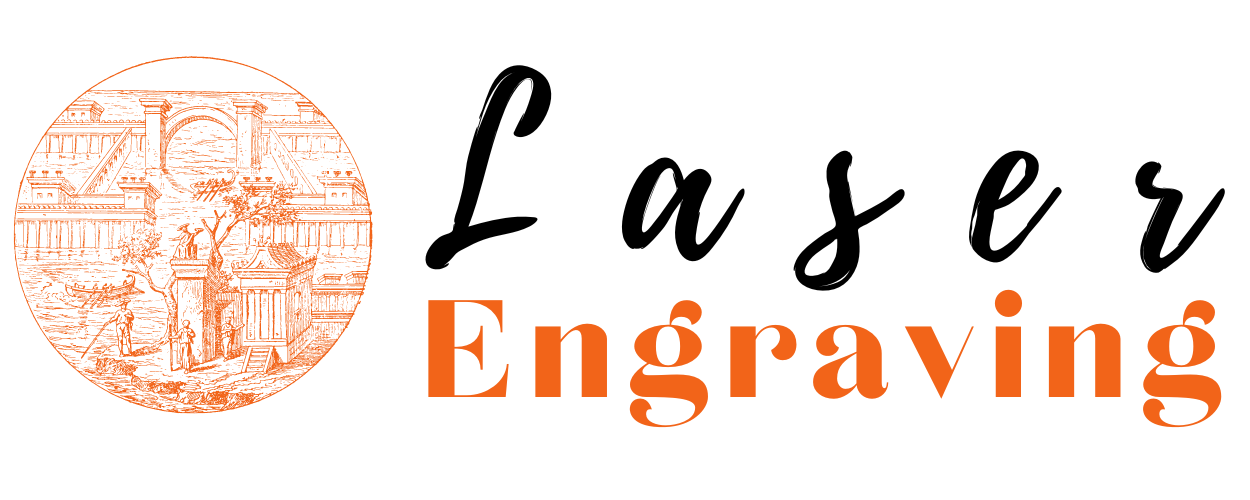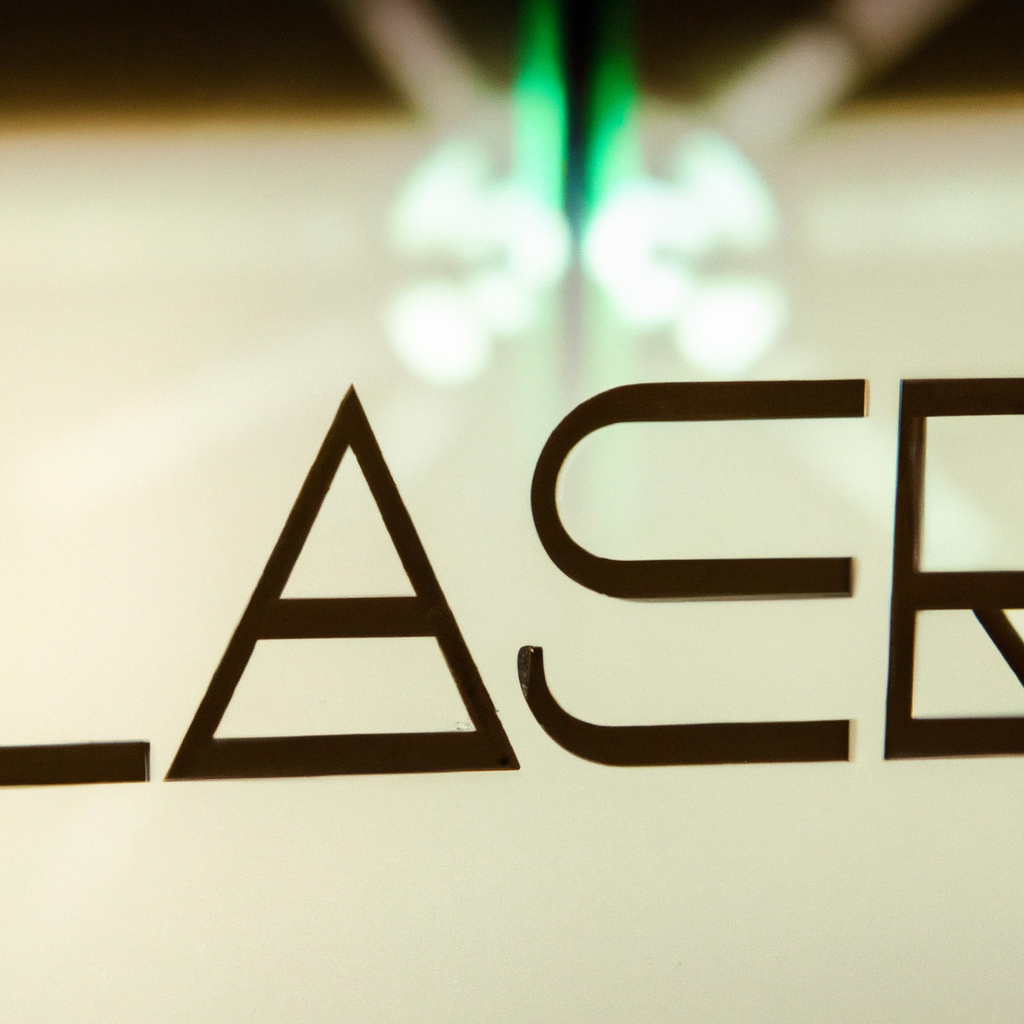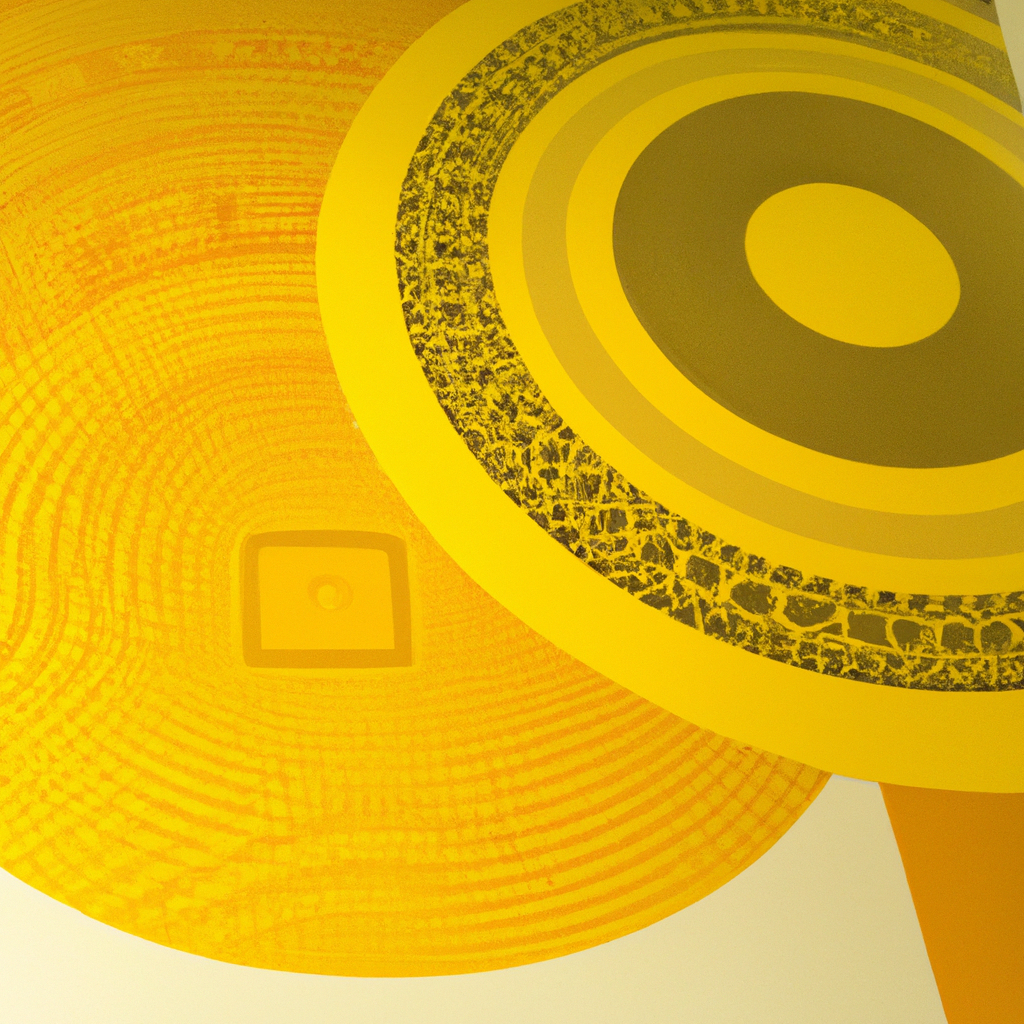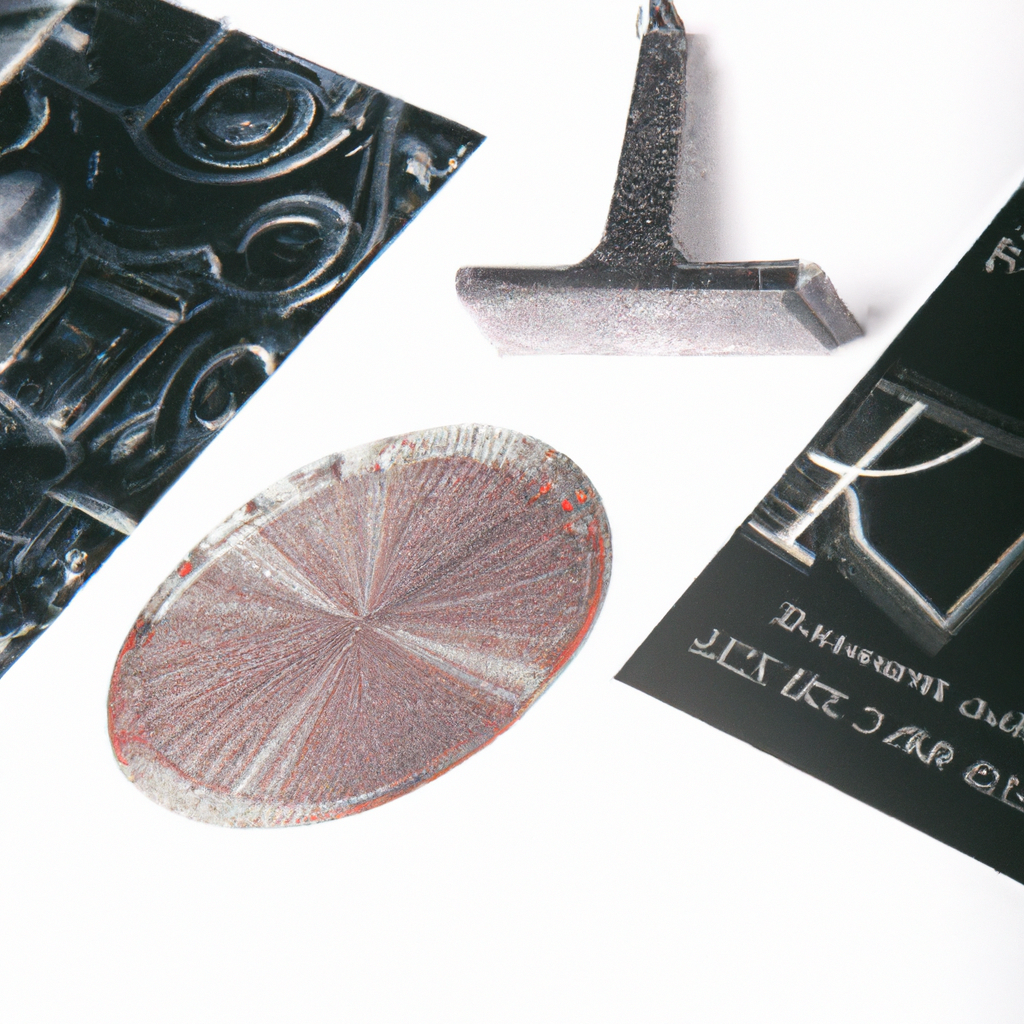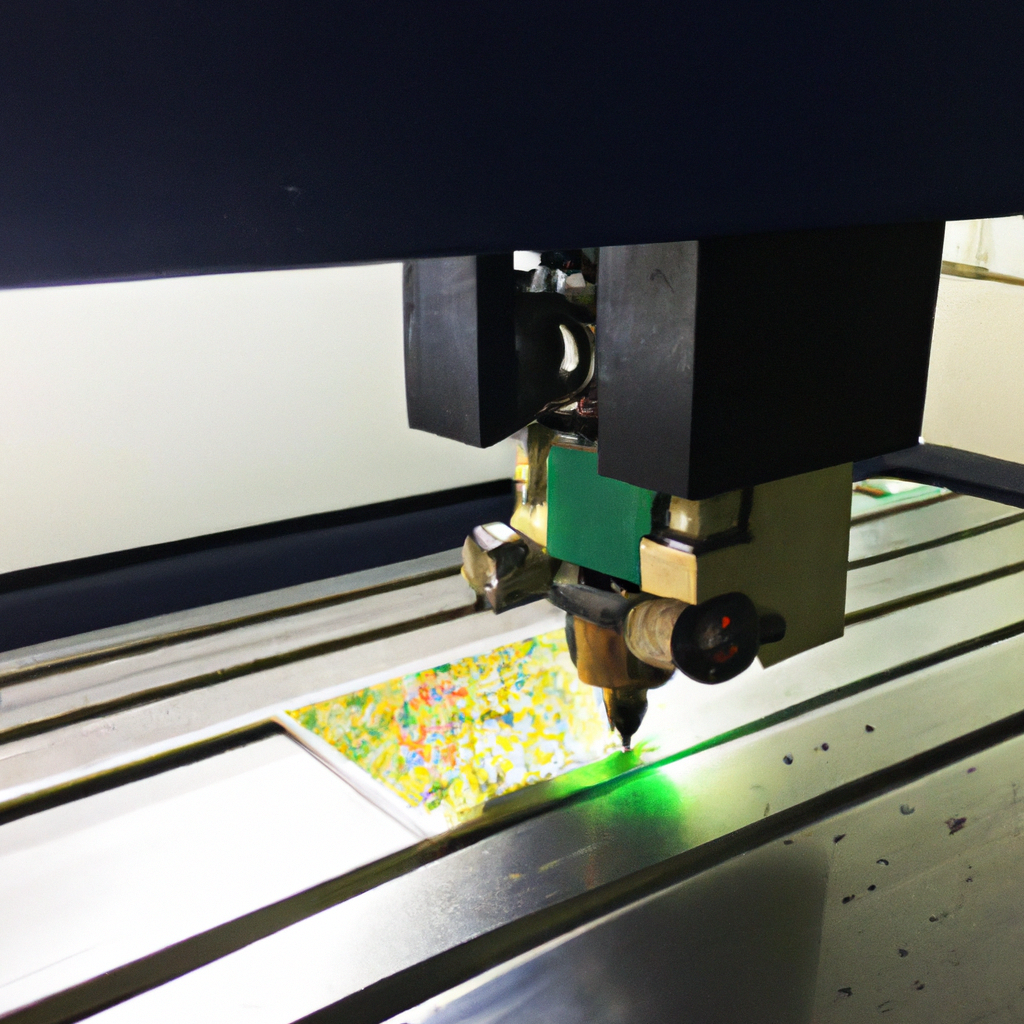Laser Engraving for Signage
Laser engraving has revolutionized the world of signage production, offering a precise and efficient method for creating high-quality and visually appealing signage. With its versatility and ability to work on various materials, laser engraving has become a popular choice among businesses, organizations, and individuals looking to create eye-catching and durable signage. In this article, we will explore the benefits, applications, and process of laser engraving for signage in detail.
Benefits of Laser Engraving for Signage
-
Precision and Detail: Laser engraving utilizes a highly focused beam of light to vaporize or remove material, resulting in incredibly accurate and detailed designs. This precision allows for the creation of intricate patterns, logos, and text, ensuring a professional and polished look for your signage.
-
Durability: Laser-engraved signage is known for its durability, as the engraving is permanent and resistant to fading, peeling, or wearing off. This makes it ideal for outdoor signage that needs to withstand harsh weather conditions or heavy usage.
-
Versatility: Laser engraving can be performed on a wide range of materials, including wood, metal, acrylic, glass, leather, and more. This versatility allows for creative freedom and enables you to choose the material that best suits your signage requirements.
-
Customization: With laser engraving, you have the freedom to create completely custom signage tailored to your specific needs. Whether you want to display your company logo, a personalized message, or intricate designs, laser engraving offers endless possibilities for customization.
-
Efficiency and Speed: Laser engraving is a fast and efficient process, capable of producing high-quality signage in a short period. With advanced technology, intricate designs that would have taken hours or even days to create using traditional methods can now be completed in a fraction of the time.
Applications of Laser Engraving for Signage
-
Business Signage: Laser-engraved signs are widely used by businesses to display their brand name, logo, and other essential information. These signs can be installed in storefronts, offices, or trade show booths, creating a professional and visually appealing representation of the business.
-
Wayfinding Signage: Laser-engraved wayfinding signs play a crucial role in guiding people through various environments, such as hospitals, malls, airports, and educational institutions. The precision and clarity of laser engraving help ensure that the information provided on the signs is easily readable and understandable.
-
Interior Design: Laser-engraved signage can also be utilized as a decorative element in interior design. Whether it’s personalized wall art, custom mirrors, or engraved glass partitions, laser engraving adds a unique touch and enhances the aesthetics of any space.
-
Awards and Trophies: Laser engraving is commonly used to personalize awards, trophies, and plaques. This method allows for detailed and precise engraving of names, dates, and other relevant information, creating memorable and meaningful mementos.
-
Promotional and Marketing Materials: Laser engraving can be applied to various promotional and marketing materials, such as pens, keychains, USB drives, and more. Custom engraving adds a touch of sophistication and professionalism, making these items stand out and leaving a lasting impression on potential clients or customers.
The Laser Engraving Process
The laser engraving process involves several steps to transform a design concept into a beautifully engraved signage piece. Here is a simplified overview of the process:
-
Design Creation: The first step is to create a design or artwork using computer-aided design (CAD) software or graphic design software. This design will serve as the template for the laser engraving process.
-
Material Preparation: Once the design is finalized, the chosen material for the signage is prepared. This may involve cutting the material to the desired size and shape and ensuring its cleanliness and smoothness for optimal engraving results.
-
Setting Laser Parameters: Laser engraving machines offer various settings, including laser power, speed, and frequency. These parameters need to be set based on the material being engraved to achieve the desired depth and quality of the engraving.
-
Engraving Process: The prepared material is securely placed within the laser engraving machine, and the laser beam is focused on the surface. The machine then follows the design template, engraving the material according to the specified parameters.
-
Finishing Touches: After the engraving process is complete, any excess debris or particles are removed from the engraved surface. Depending on the material, additional steps such as polishing or coating may be applied to enhance the appearance and durability of the signage.
-
Quality Control: Before the final product is deemed complete, a thorough quality check is performed to ensure the accuracy, clarity, and overall quality of the engraving. This step is crucial to maintain the highest standards in the finished signage.
Conclusion
Laser engraving has emerged as a highly effective and sought-after method for creating exceptional signage. With its precision, durability, versatility, and customization options, it has become the go-to choice for businesses and individuals looking to make a lasting impression. From business signage to awards and promotional materials, laser engraving offers endless possibilities for creating visually appealing and durable signage that stands the test of time.
So, whether you are a business owner seeking to elevate your brand presence or an individual looking for a unique and personalized signage solution, laser engraving is a powerful and reliable technique that delivers outstanding results. Explore the possibilities of laser engraving for signage and unlock a world of creative and impactful possibilities for your next signage project.
*Please note that this content has been generated by OpenAI’s language model, and while it strives to provide accurate and reliable information, it should not be considered as professional advice. It is always recommended to consult with an actual SEO content writing expert for specific guidance and requirements.
